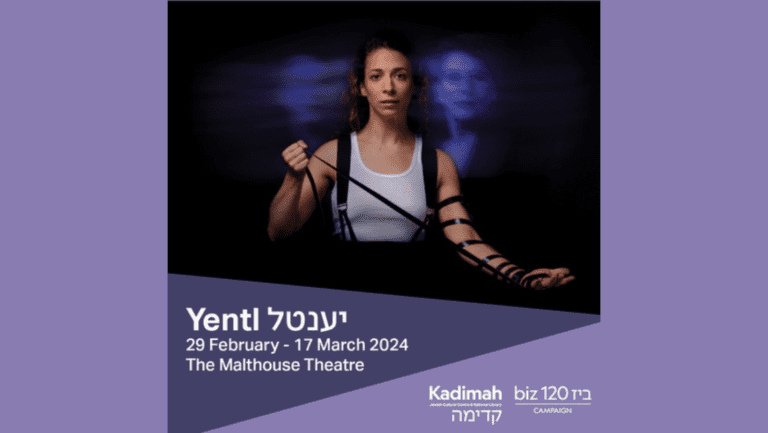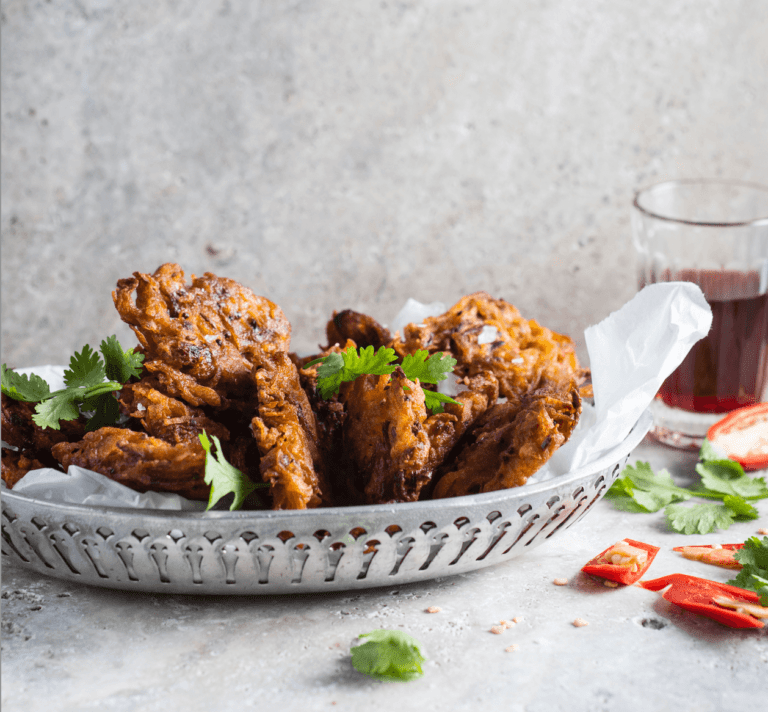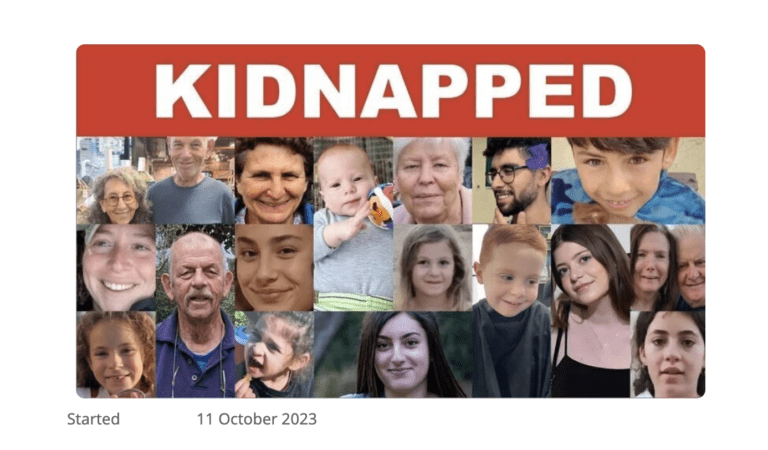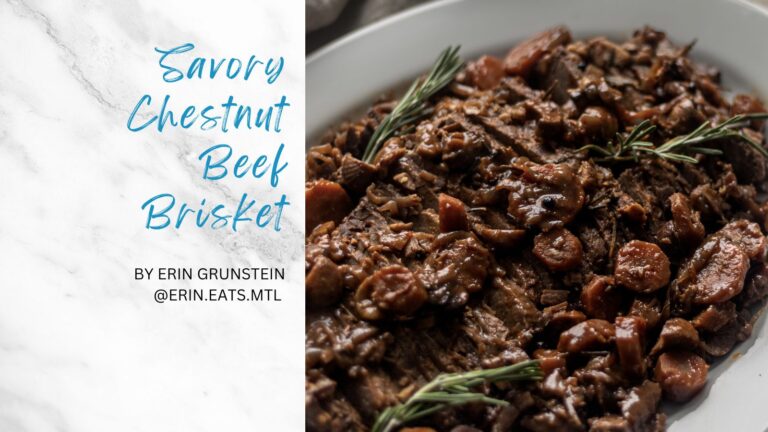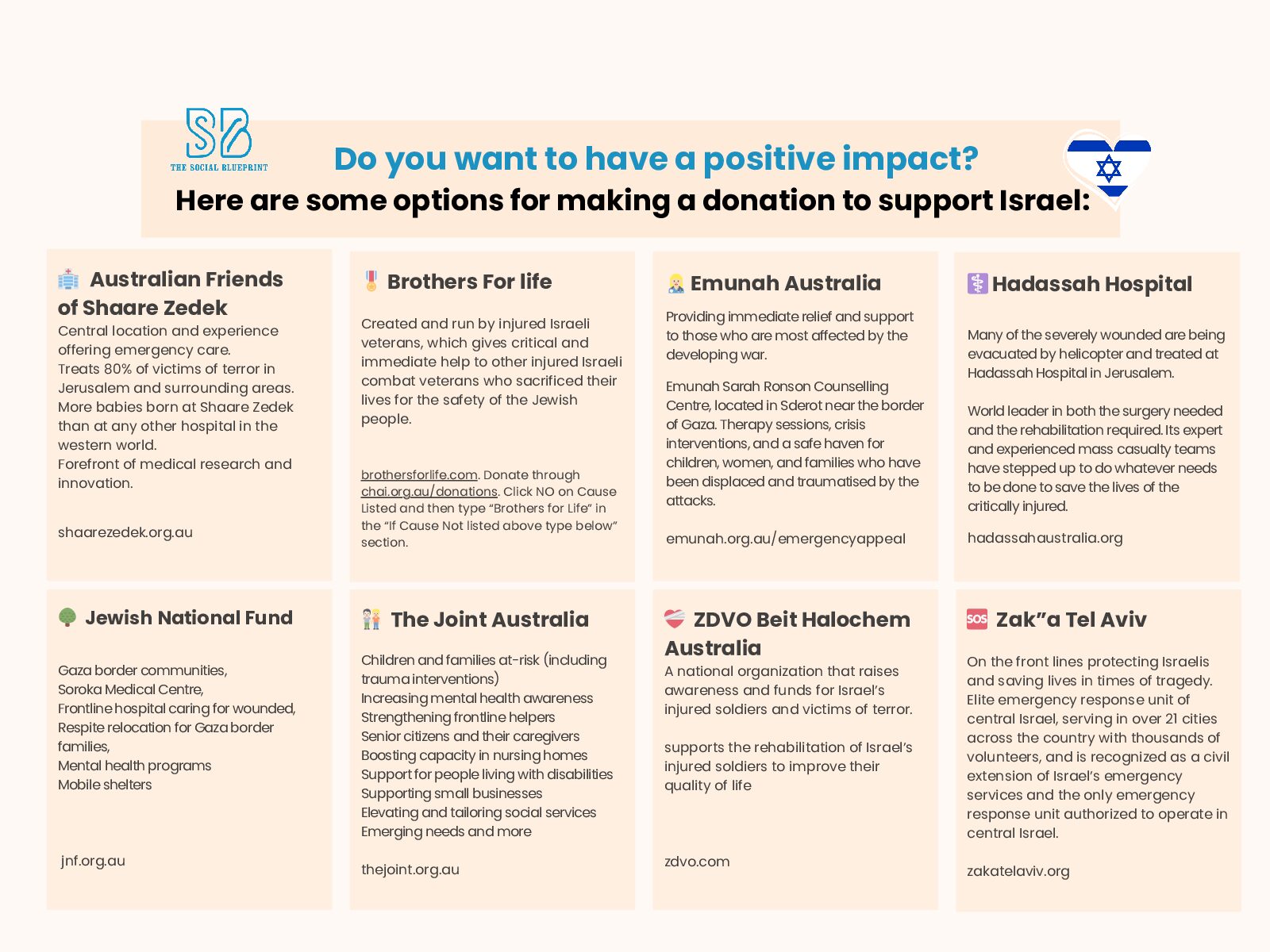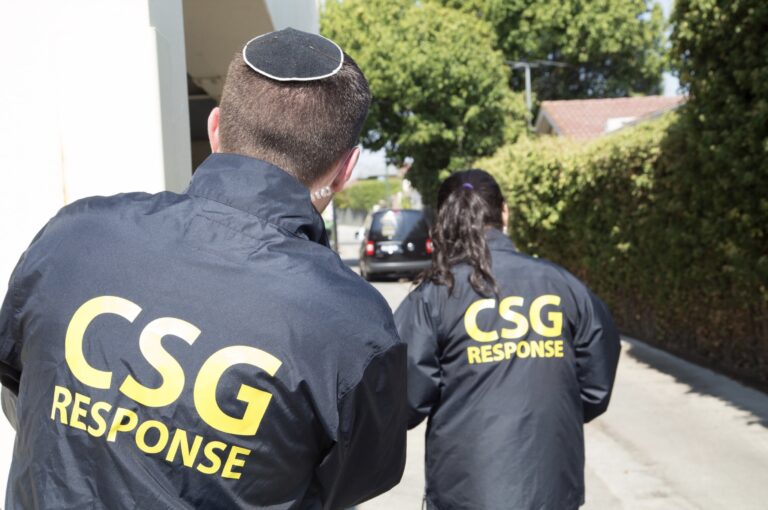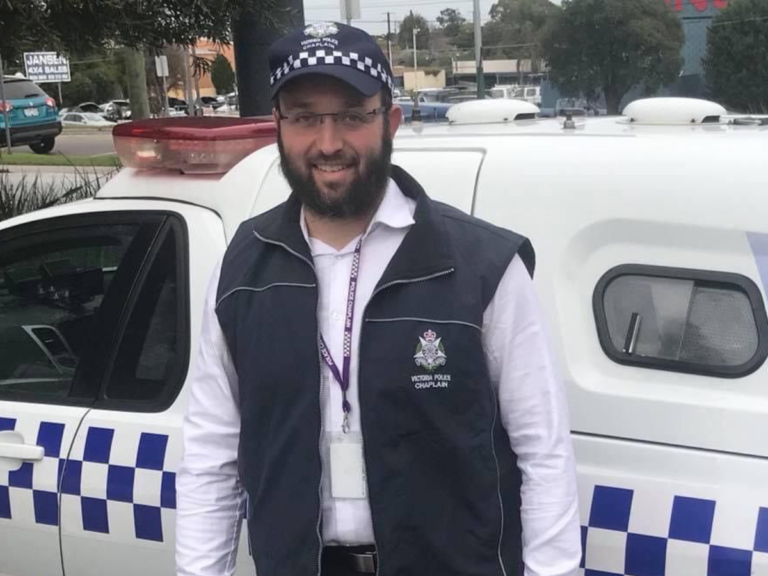“When my dad and I were packing up the family home, we uncovered a box of forgotten photos and documents which had belonged to my mother’s cousin, Ruti, who passed away in 1992. I knew throwing the artefacts away would mean burying their family story, because Ruti had no children. I have been sifting through the box and piecing together the photos, names and documents in an effort to preserve her mother’s story of survival and the life she built in the aftermath of the war.”
– Tamar Paluch Ben Zeev
For Tamar, donating a memorial-star plaque to honour Ruti’s mother, Maria, at the Melbourne Holocaust Museum is her contribution to preserving Holocaust memory and her family’s heritage:
“The project Everybody Had a Name has given me the opportunity to memorialise Maria, Ruth’s mother, in a meaningful way. I know that the star I have donated – and the memory of her name – will exist in perpetuity.”
Although little is known about Ruth’s side of the family, the strong relationship Tamar formed with Ruth in her childhood years, has ingrained a deep connection and interest in her family heritage:
 “Ruth’s family history is part of our family folklore. She was the daughter of my grandmother’s cousin from Transylvania, was in one of the Hungarian death marches and was interned in Lichtenwort until liberation.
“Ruth’s family history is part of our family folklore. She was the daughter of my grandmother’s cousin from Transylvania, was in one of the Hungarian death marches and was interned in Lichtenwort until liberation.
Amongst our wider family, little is known about this branch of the family because even though Ruth’s mother lived in Israel for a few years after the Holocaust, she had married an Italian man (Catholic) and they could not find their place in Israeli society. They were very poor and only found support in the Church – in fact, Ruth attended school in a Haifa convent. Maria’s siblings scattered around the world, some had children but the ties that bound the family were weakened by acrimony or assimilation. Ruth and her family moved to Australia in the early 60s. My mother, born in Israel, sought them out and rekindled the family connection when she herself moved to Australia in the early 70s.
Ruth later lost her parents within ten years of each other, and if not for my mother she would have been without family in Australia. Subsequently Ruth became one of the most formative figures of my childhood – we shared a love for books and animals.
It was not until recently Tamar uncovered two boxes of Ruth’s family artefacts, when clearing out her own family home:
“Ruth left her jewellery and personal effects to us, but asked my mother to share these pieces when we were old enough to appreciate them. I thought we had all her belongings – a lot of our furniture had been hers, artwork, books… and then I stumbled upon her family artefacts. Thirty years after she had died!
They were literally the last two boxes, covered by dusty garbage bags, to be removed from the attic by the removalists. Just finding this treasure trove connected me with her deeply. I felt a very strong responsibility to make sense of and memorialise what she had left, but I wasn’t sure how.
 As so many other families with a connection to the Holocaust, sharing their experience was not easy for Maria or Ruth.
As so many other families with a connection to the Holocaust, sharing their experience was not easy for Maria or Ruth.
“Ruth was a history teacher but she left a trove of puzzle pieces for us with regards to her own family history which was a very interesting and, perhaps, unusual story of post-war survival spanning continents and diverse personal worlds.
She shared the story with my mother and in her Will left all the photos and documents to us “for the family connection”. Our luck was that I wrote a brief version of their story for a school project when I was 13 – a year after Ruth’s death, as told by my mother. My mother’s intention to write the full story never materialised in her own lifetime. Other than that, all we knew about Ruth was that she led a very conflicted life with regard to her Jewish identity, because their journey was so complex, and that in her death she found peace with it.
Maria died before it became more common to share stories of survival and all that was lost. The only documentation of her experience in the camps was an application for pension support to the Reparations Committee, submitted once her husband passed away in the mid-70s.”
With an ardent desire to ensure their shared family heritage was not lost, Tamar made the decision to memorialise Maria in the Melbourne Holocaust Museum.
“Their family’s memory was literally forgotten in the shadows. The boxes could easily have disappeared in one of the skips we filled as we sorted through the house contents. However, throwing the artefacts away would mean burying their family line, because Ruti had no children.
This memorial star means that the memory of Maria, her wartime experience and her story of survival, will not be forgotten. Maria was here. She survived and she had a story to tell.
The memorial room is a hallowed space for our community, where we can remember the survivors who made Victoria home and the family members they lost. I hope that other people will join the campaign to honour their memories in this special way.”
The Everybody Had a Name (EHAN) project was launched by the Melbourne Holocaust Museum in late 2022 to enable the community to honour their loved ones and eternalise their names for future generations. With this memorial project, their names, their stories, and their legacy will live on in our collective memory.
The important project encompasses a digital memorial, with all information received from the public documented in the MHM Victorian Registry of Holocaust Survivors. The MHM are also providing he community the option to dedicate a physical memorial-star plaque by way of donation.

